In the natural world, longevity is a fascinating puzzle that varies dramatically across species. While humans work tirelessly to uncover the secrets of a long life, some animals naturally enjoy far greater lifespans. From the depths of the ocean to the heights of the trees, these creatures have evolved unique characteristics that allow them to defy aging in extraordinary ways. Join us as we explore 20 animals that boast remarkably long lifespans, each with its own story to tell.
20. Ocean Quahog (Arctica islandica)

The ocean quahog, a clam native to the North Atlantic, can live for over 400 years. These bivalves grow extremely slowly and have low metabolic rates, which might contribute to their impressive longevity. Scientists study their growth rings, much like tree rings, to learn about historical ocean conditions and the secrets of extended life.
19. Bowhead Whale (Balaena mysticetus)

The bowhead whale is not only one of the world’s longest-living mammals but also the heaviest. Found in Arctic and sub-Arctic waters, these whales can live more than 200 years. Their longevity is partially attributed to genetic factors that have helped them survive harsh cold environments.
18. Greenland Shark (Somniosus microcephalus)

One of the ocean’s oldest inhabitants, the Greenland shark can live for at least 272 years, perhaps more. These sharks grow at a glacial pace and reach maturity only after about 150 years. Living in deep, cold waters, their slow lifestyle can be key to their extensive lifespan.
17. Galápagos Tortoise (Chelonoidis nigra)

Synonymous with longevity, the Galápagos tortoise can live for over 100 years, with some reaching 150. Their slow metabolism, large size, and relatively low stress environments contribute to their extended lifespans. They have adaptations that allow them to thrive in their island ecosystems.
16. Red Sea Urchin (Strongylocentrotus franciscanus)
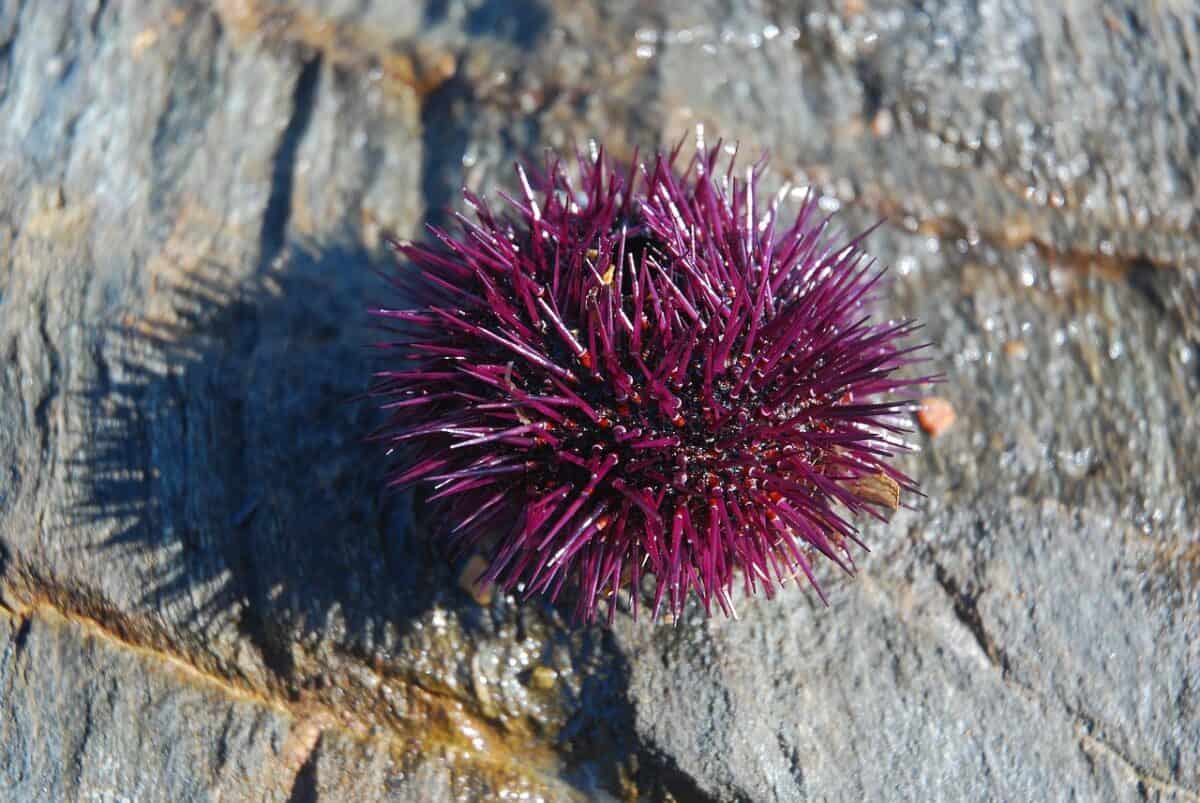
The red sea urchin inhabits the Pacific Ocean and can live for more than 200 years. They exhibit negligible senescence, meaning they show little to no signs of aging over time. This exceptional longevity is of interest to biologists studying age-related diseases and regenerative medicine.
15. Tuatara (Sphenodon punctatus)

Native to New Zealand, the tuatara is a unique reptile that can live over 100 years. Despite its lizard-like appearance, it is the only surviving member of an ancient order, reflecting its resilience and adaptability. Tuataras thrive in relatively predator-free environments, contributing to their longer lives.
14. Rougheye Rockfish (Sebastes aleutianus)
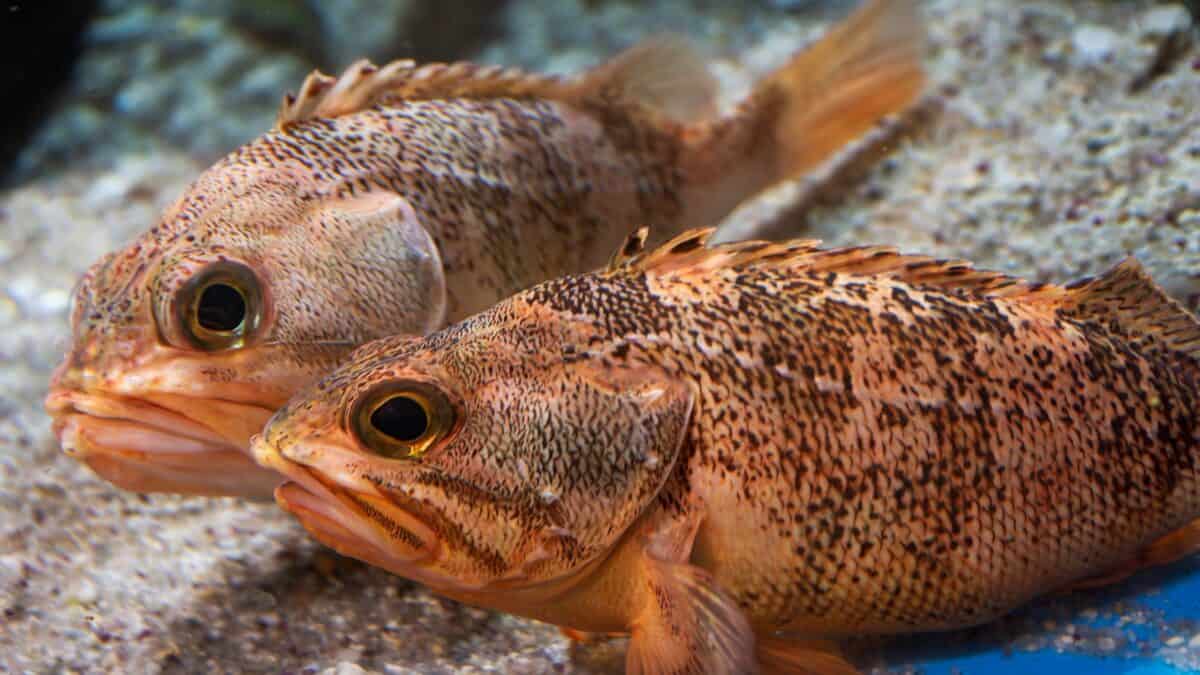
This deep-sea inhabitant of the North Pacific can live up to 205 years. Rougheye rockfish reside in cold, high-pressure ocean depths, where their slow growth and late reproductive age may be tied to their staggeringly long lifespan. Researchers are intrigued by their resistance to many age-related conditions.
13. Freshwater Pearl Mussel (Margaritifera margaritifera)

These mussels can live up to 130 years, largely due to their ability to grow slowly in cool, clean river systems. Freshwater pearl mussels have an astonishing capacity to filter water, which intensifies their role in aquatic ecosystems and potentially aids their longevity.
12. Macaw (Ara macao)

Known for their striking colors and high intelligence, some macaws can live over 60 years in the wild, with higher averages in captivity. Factors like a balanced diet, mental stimulation, and social environments enhance their longevity significantly.
11. Elephant (Loxodonta and Elephas)

These mighty creatures can surpass 70 years, with some recorded to live even longer. Elephants have complex social structures that may contribute to their longevity along with their vegetarian diet and robust genetic makeup, tailored for their demanding habitats.
10. Koi Fish (Cyprinus rubrofuscus)
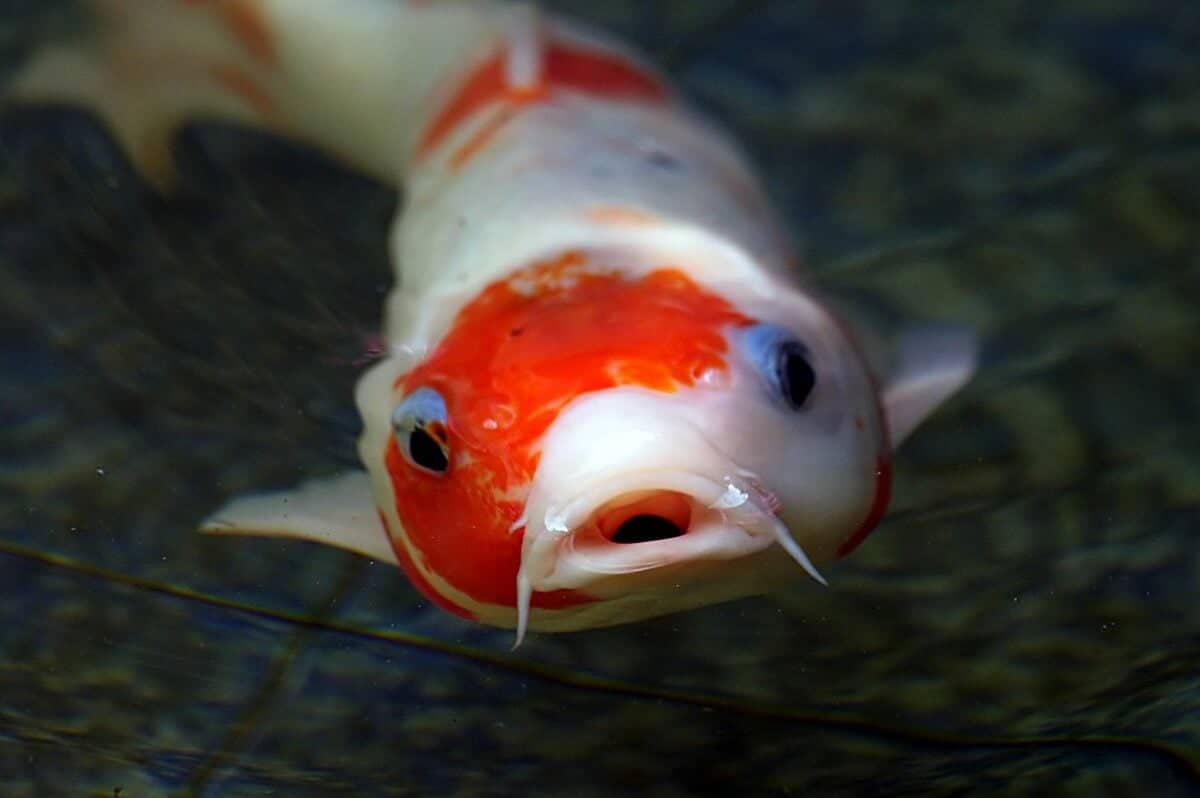
Koi are more than colorful pond residents—they can live for about 25-35 years, with some even reaching 200. Japan’s “Hanako,” a famous koi, lived to be 226. Their longevity is influenced by selective breeding and the care they receive from dedicated owners.
9. Bald Eagle (Haliaeetus leucocephalus)

As a symbol of freedom and strength, the bald eagle can live up to 30 years in the wild and even longer in captivity. Their longevity is supported by a diet rich in protein and healthy ecosystems where they play critical roles as apex predators.
8. Japanese Spider Crab (Macrocheira kaempferi)

These giants of the seafloor, with legs spanning up to 12 feet, can live over 100 years. The spider crab’s slow evolutionary pace and limited predators in its natural deep-sea habitat contribute to its long life, offering insights into marine longevity.
7. Andean Condor (Vultur gryphus)

The Andean condor can soar for 70 years or more, making it one of the longest-living bird species. Adapted for life at high altitudes, these large birds enjoy a slow-paced lifestyle, with elaborate courtship rituals that reinforce their social bonds and stability.
6. Laysan Albatross (Phoebastria immutabilis)

With a lifespan extending beyond 50 years, the Laysan albatross embodies resilience. It spends much of its life soaring over the Pacific Ocean, displaying unique adaptations to life at sea, such as long-range migrations and efficient energy use during flight.
5. American Lobster (Homarus americanus)

An icon of New England, the American lobster can live over 100 years. These crustaceans display little to no signs of aging, thanks to constant shell regeneration. Their longevity is supported by their physiological ability to regenerate and adapt to changing environments.
4. Geoduck Clam (Panopea generosa)

Recognized for its large size and odd appearance, the geoduck clam can live over 140 years. Burrowing deep into the sediment, their simple lifestyle without predators allows for such a lengthy existence. Their longevity provides clues to understanding invertebrate lifespans.
3. Kakapo (Strigops habroptilus)

The kakapo, a flightless parrot from New Zealand, can live up to 90 years. With few natural predators and an abundant diet, their lifespans provide evolutionary insights into survivability for flightless birds even as they face conservation challenges.
2. Box Turtle (Terrapene Carolina)
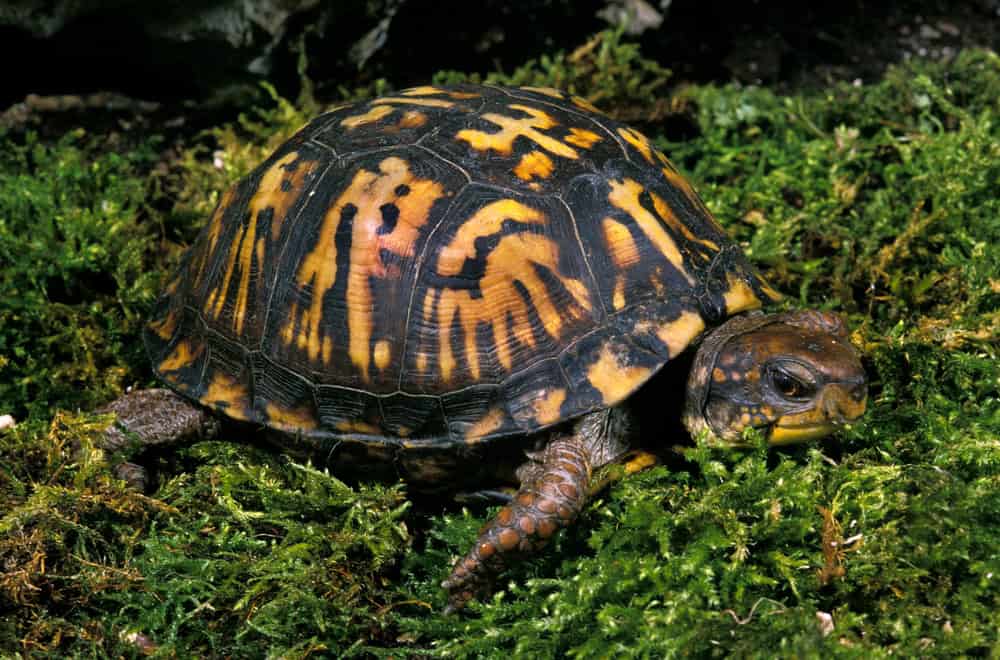
Box turtles can live over 100 years, aided by their strong shells and adaptability to diverse environments. Avoidance of predators and their ability to retract entirely into their shells contribute significantly to their survival and longevity.
1. Human Exceptional Companion: Tortoiseshell Cat
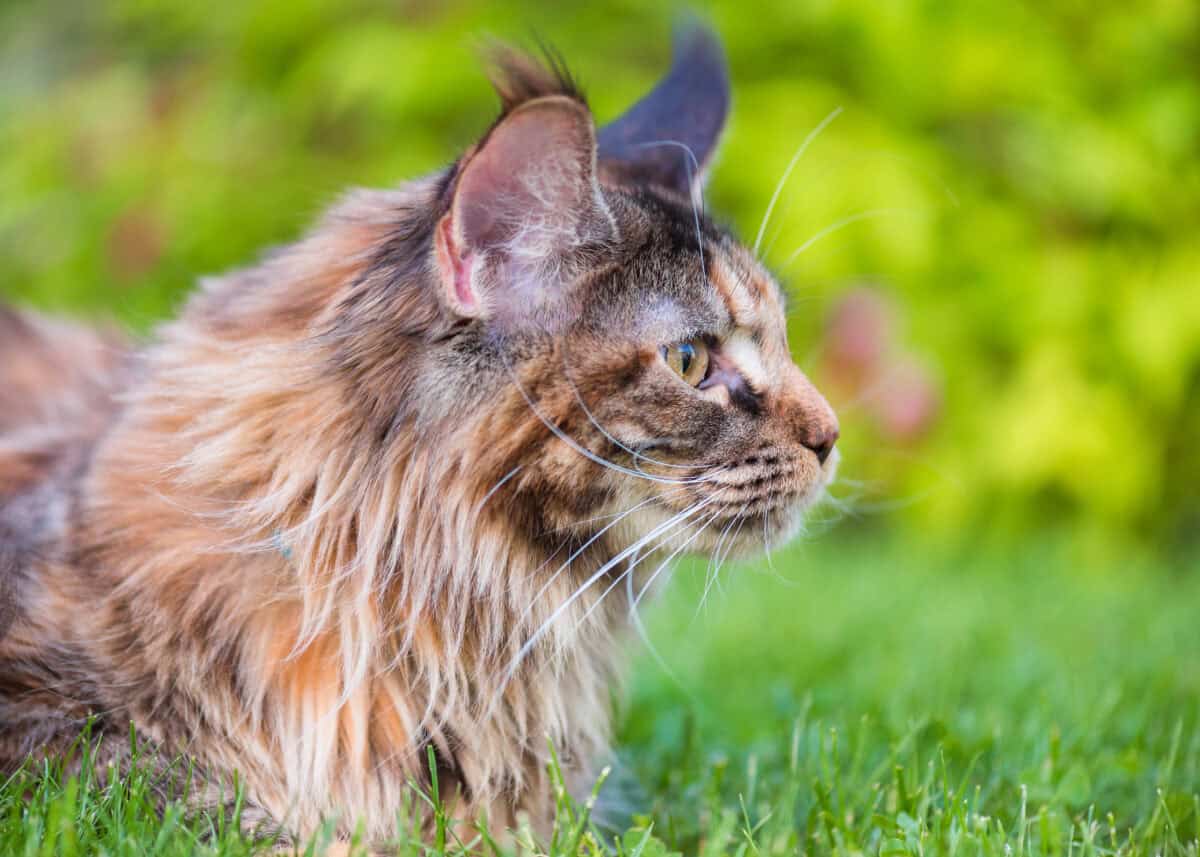
While not as ancient as some species on this list, tortoiseshell cats, affectionately called ‘torties,’ can live well into their twenties or beyond. This lifespan is significantly impacted by loving homes and proper care, showcasing the remarkable bond between humans and their pets.
In this exploration of incredibly long-lived animals, we observe that some of the most unassuming creatures hold secrets to longevity, sparking scientific curiosity and wonder. Whether in the ocean depths or on remote islands, these animals have evolved remarkable adaptations allowing them to thrive across centuries. Their stories highlight the complexity and diversity of life on Earth, reminding us that the quest to understand and extend life is ever-evolving.
- The Fish That Builds Nests - August 23, 2025
- The Insect That Ices Itself - August 23, 2025
- 15 Weirdest Things Fish Can Do - August 23, 2025

